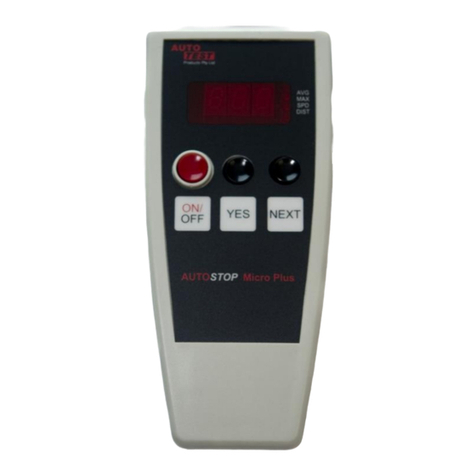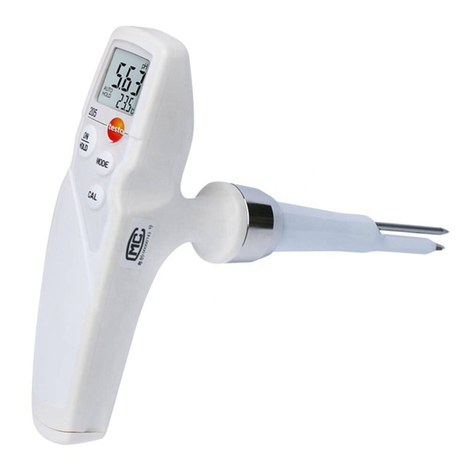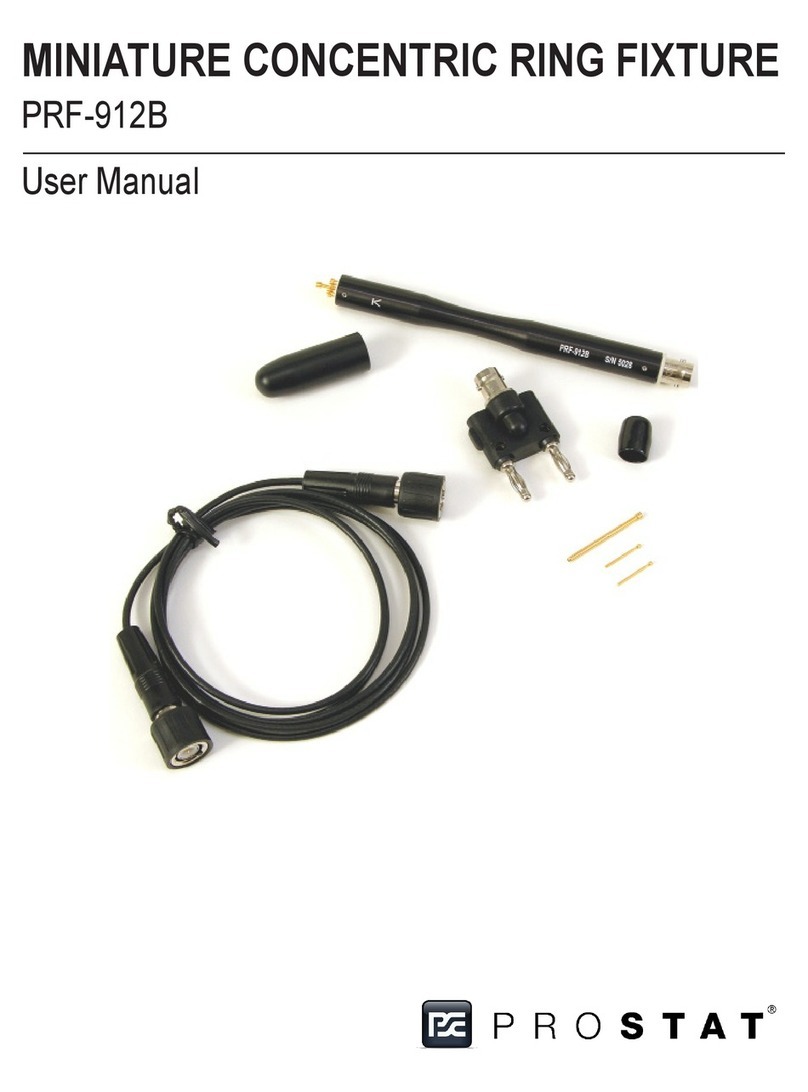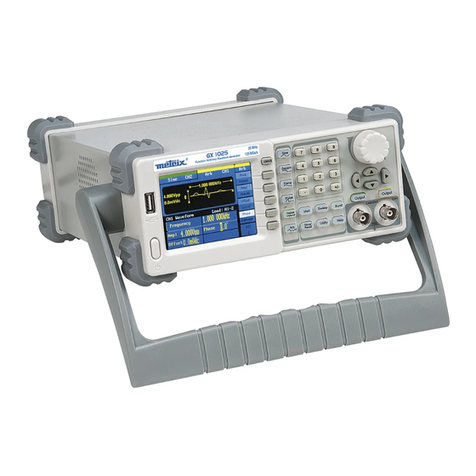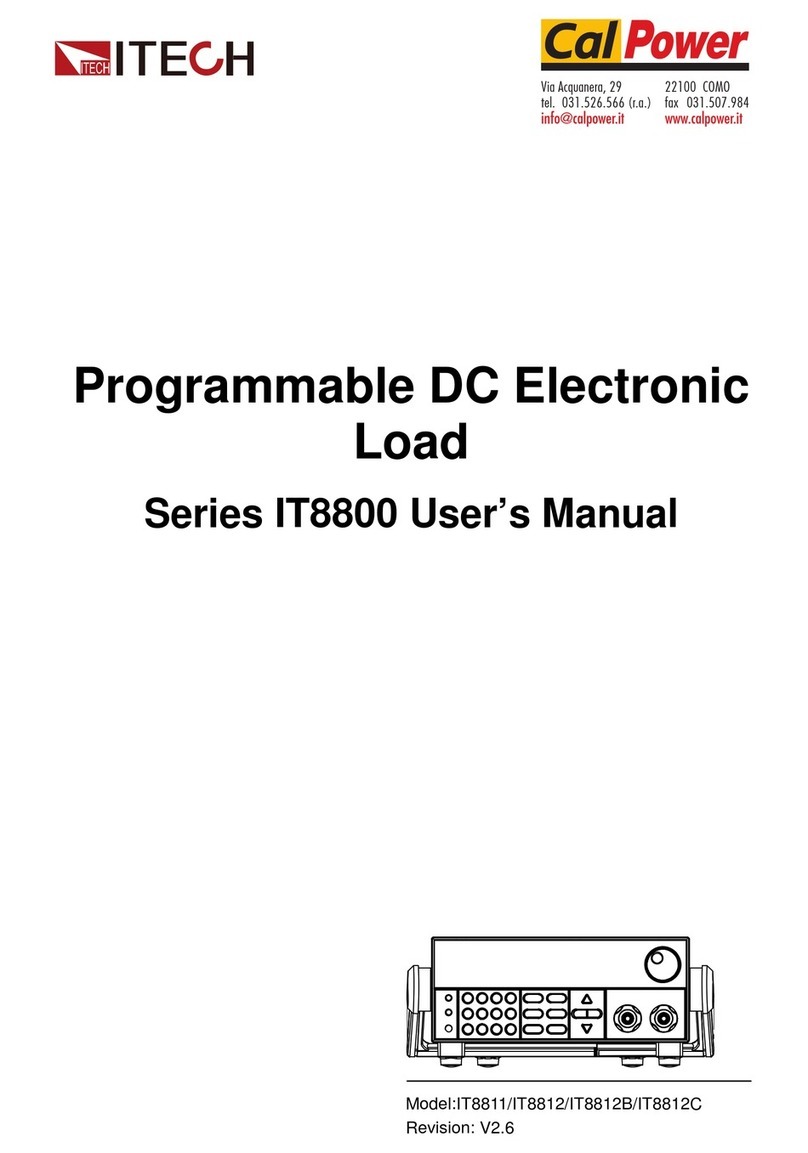sebaKMT T 26/1 A User manual

Instruction Manual
- Date of release: 2003/ 29-
HV TEST SET
T 26/1 A
T 26/1 B
Mess- und Ortungstechnik
Measuring and Locating Technologies
Leitungsortung
Line Locating
Rohrleitungsnetze
Water Networks
Kommunikationsnetze
Communication Networks
Elektrizitätsnetze
Power Networks

2

3
CONSULTATION WITH SEBAKMT
The present system manual has been designed as an operating guide and
for reference. It is meant to answer your questions and solve your
problems in as fast and easy a way as possible. Please start with referring
to this manual should any trouble occur.
In doing so, make use of the table of contents and read the relevant
paragraph with great attention. Furthermore, check all terminals and
connections of the instruments involved.
Should any question remain unanswered, please contact:
Seba Dynatronic
Mess- und Ortungstechnik GmbH
Hagenuk KMT
Kabelmesstechnik GmbH
Dr.-Herbert-Iann-Str. 6
D - 96148 Baunach
Phone: +49 / 9544 / 68 – 0
Fax: +49 / 9544 / 22 73
Röderaue 41
D - 01471 Radeburg / Dresden
Phone: +49 / 35208 / 84 – 0
Fax: +49 / 35208 / 84 249
E-Mail: sales@sebakmt.com
http://www.sebakmt.com
SebaKMT
All rights reserved. No part of this handbook may be copied by photographic or other means
unless SebaKMT have before-hand declared their consent in writing. The content of this
handbook is subject to change without notice. SebaKMT cannot be made liable for technical or

4
printing errors or shortcomings of this handbook. SebaKMT also disclaims all responsibility for
damage resulting directly or indirectly from the delivery, supply, or use of this matter.

5
TERMS AND CONDITIONS OF WARRANTY
SebaKMT accept responsibility for a claim under warranty brought forward
by a customer for a product sold by SebaKMT under the terms stated
below.
SebaKMT warrant that at the time of delivery SebaKMT products are free
from manufacturing or material defects which might considerably reduce
their value or usability. This warranty does not apply to faults in the
software supplied. During the period of warranty, SebaKMT agree to repair
faulty parts or replace them with new parts or parts as new (with the same
usability and life as new parts) according to their choice.
This warranty does not cover wear parts, lamps, fuses, batteries and
accumulators.
SebaKMT reject all further claims under warranty, in particular those from
consequential damage. Each component and product replaced in
accordance with this warranty becomes the property of SebaKMT.
All warranty claims versus SebaKMT are hereby limited to a period of 12
months from the date of delivery. Each component supplied by SebaKMT
within the context of warranty will also be covered by this warranty for the
remaining period of time but for 90 days at least.
Each measure to remedy a claim under warranty shall exclusively be
carried out by SebaKMT or an authorized service station.
This warranty does not apply to any fault or damage caused by exposing a
product to conditions not in accordance with this specification, by storing,
transporting, or using it improperly, or having it serviced or installed by a
workshop not authorized by SebaKMT. All responsibility is disclaimed for
damage due to wear, will of God, or connection to foreign components.
For damage resulting from a violation of their duty to repair or re-supply
items, SebaKMT can be made liable only in case of severe negligence or
intention. Any liability for slight negligence is disclaimed.
Since some states do not allow the exclusion or limitation of an implied
warranty or of consequential damage, the limitations of liability described
above perhaps may not apply to you.

6
TABLE OF CONTENTS
1.GENERAL ...........................................................................................12
1.1.Safety instructions ........................................................................12
1.1.1.General safety regulations ....................................................14
1.1.2.General rules for working with high voltages ........................16
1.1.2.1.Supplementary instructions ...........................................17
1.1.2.2.Danger of recurring voltage from space charges ..........17
1.1.3.Indications used in the description........................................18
1.2.Connection regulations.................................................................19
2.TECHNICAL DESCRIPTION ..............................................................22
2.1.Application ....................................................................................22
2.2.Specifications ...............................................................................23
2.2.1.T 26/1 A HV test set ..............................................................23
2.2.2.T 26/1 B HV test set ..............................................................24
2.2.3.Specifications of equipment parts .........................................25
2.3.Equipment parts / scope of supply ...............................................27
2.4.T 26/100 operation unit ................................................................30
2.4.1.Structure of T 26/110 operation unit .....................................30
2.4.2.Working method of T 26/110 operation unit..........................30
2.5.T 26/100 high-voltage basic unit ..................................................33
2.5.1.Structure................................................................................33
2.5.2.Working method of high-voltage unit ....................................34
2.6.Safety and warning device ...........................................................35
2.7.Configuration and test set-up .......................................................36
3.OPERATION .......................................................................................44
3.1.Start-Up ........................................................................................44
3.1.1.Test preparations ..................................................................44
3.1.2.Minimum distances when setting up equipment ...................46
3.1.3.Fitting the cascades ..............................................................48
3.1.4.Connecting the liquid resistor................................................48
3.1.5.Installing the discharge switch ..............................................49
3.2.Controls ........................................................................................50
3.3.Performing measurements with the T 26/1 A...............................54
3.3.1.Cable testing .........................................................................54
3.3.1.1.Directions in brief ...........................................................54

7
3.3.1.2.Directions....................................................................... 55
3.3.2.Surging.................................................................................. 57
3.3.3.Burning.................................................................................. 58
3.4.Performing measurements with the T 26/1 B .............................. 59
3.4.1.Cable testing ......................................................................... 59
3.4.1.1.Directions in brief ........................................................... 59
3.4.1.2.Directions....................................................................... 60
3.4.2.Measurement up to 650 kV................................................... 62
4.CARE, MAINTENANCE AND REPAIR .............................................. 66
4.1.Care and maintenance................................................................. 66
4.2.Repair........................................................................................... 66

8
LIST OF ABBREVIATIONS
DIN Deutsches Institut für Normung
German Standards Institute
HV High Voltage
IEC International Electrotechnical Commission
UVV Unfallverhütungsvorschrift
Accident prevention regulations applicable in Germany
VDE Verband Deutscher Elektrotechniker
Association of German Electrotechnical Engineers

9
ELECTROMAGNETIC COMPATIBILITY
OF THE HIGH VOLTAGE TEST SETS T 26/1 A, T 26/1 B
The high voltage test sets T 26/1 A and T 26/1 B comply with the
requirements of EN 55011 concerning conducted emission voltages on the
mains supply.
The requirements concerning radiated electromagnetic fields in accordance
with EN 55011 are fulfilled up to a voltage of 110 kV.
Voltages above 110 kV result in exceedings of the limits in the frequency
range 30 ... 120 MHz. These disturbances are caused by principle of
operation and cannot be prevented by any technical procedure.
During operation of the equipment an appropriate distance to any
susceptible instrument or installation has to be kept.

10
CHAPTER 1
GENERAL

11

12
1. GENERAL
1.1. Safety instructions
All persons involved in the installation, operation, maintenance
and repair of this system must have read this user manual
carefully.
The instrument and all additional equipment are in accordance
with the current state of safety technology at the time of
delivery. Owing to the work processes involved, however,
there may be parts of the instrument and its peripherals which
cannot be given optimum protection without an unreasonable
reduction in function and usability. Good personal safety
practice is therefore indispensable in terms of the protection of
staff and the instrument.
The following safety instructions must be complied with.
General instructions
Work on this instrument and its peripherals must only be
performed by qualified and/or trained staff. Other persons
must be kept away.
This user manual must be available for the supervisory,
operating and maintenance staff to refer to.
Improper use may endanger life and limb, the system and
connected equipment, as well as the efficient functioning of
the system (accident prevention regulations). The instrument
may only be used for the purpose for which it is intended by
the manufacturer.
Always use correct tools in perfect condition for all work.

13
Regular checks must be made to ensure that the relevant
safety regulations are being complied with during operation
and maintenance.
The instrument may only be operated by authorised persons
with the appropriate skills.
Only operate the system if it is in technically perfect condition.
No non-original parts may be used for the instrument and its
peripherals, as the necessary safety will not otherwise be
guaranteed. No mode of working which detracts from the
safety of the instrument must be used.
The user is under an obligation to report any changes in the
system to the supervisor responsible without delay.
The user is under an obligation to shut down the instrument
immediately in the event of an instrument malfunction which
detracts from the safety of staff. The instrument may only be
put back into operation once the malfunction has been
rectified.
Electrotechnical instructions
The instrument and all additional equipment must be
connected properly. The relevant DIN and VDE regulations
must be complied with.
Repair and maintenance work must only be carried out when
the system is switched off (dead) and then only by a skilled
electrician in accordance with current accident prevention
regulations (APR). A skilled electrician in the sense of the
accident prevention regulations is a person who can assess
the work assigned to him/her and recognise possible dangers
on the basis of his/her technical training, knowledge and
experience, and of his/her knowledge of the relevant
regulations.

14
1.1.1. General safety regulations
Fuses
The patching or bridging of fuses is forbidden, as is the use of
patched fuses.
When replacing fuses, only use replacements with the same
or a smaller rated current strength and action (slow, quick,
super-quick). Fitted bolts must not be replaced with ones for
fuses with a higher rated current strength.
Fuses must not be detached or pulled under load. Fuses must
not be used for switching electric circuits.
Handling regulations for fixed and movable cables and
lines
Mains cables and their mountings must not be used for
securing, attaching or suspending equipment, items of
clothing, etc.
When cables are disconnected, they must be protected
against kinking. The penetration of cable ends by moisture
must be prevented. Suitable moisture protection must be used
were necessary.
Moveable supply leads must not be subjected to unacceptable
stress while equipment is being operated or transported. In
particular, care must be taken that instruments are not
suspended by their leads and plugs are not pulled out of
sockets by the lead.

15
Handling regulations for connectors
Movable electrical plant must only be connected using the
connectors (plugs, sockets) provided.
The use of adapters and plugs which fit sockets of a different
voltage is not permissible.
When replacing connectors, care must be taken that the
terminals are connected in proper phase.
Handling regulations for cable accessories
Cable terminals must be secured against working loose by
means of retainer washers and spring washers.
When reconnecting cables to equipment and plant, care must
be taken that the cable shielding is earthed (earth cone) and
the cable lead-in is tight (in accordance with the protection
class of the equipment in question).

16
1.1.2. General rules for working with high voltages
Working with high-voltage devices and systems demands
special care.
This is particularly true of mobile operation, i.e. if the
accommodation in question and its equipment do not ensure
safety with permanent safety devices from the outset.
VDE Regulation 0104 "Installation and operation of electrical
test systems" and/or the equivalent IEC standard must be
complied with to the letter.
This clearly instructs:
- that high-voltage installations must only be operated in
properly secured rooms or behind corresponding barriers,
and safety devices must not be circumvented or put out of
operation.
- that at least two persons must be present during operation,
with one person being able to activate the emergency-off
circuit in the event of an emergency.

17
1.1.2.1. Supplementary instructions
The following supplementary instructions are not taken directly
from the regulations.
- To avoid dangerous charges, all metal parts in the vicinity
of a high-voltage system must be grounded. Special care is
required in the case of mobile operation in this respect.
- Do not disconnect while live (risk of arcs).
- High-voltage test and burn equipment is short-circuit proof.
This means that there is a danger that the voltage will run
up when a short circuit is removed.
- Connect a discharger parallel to the measuring equipment
in the case of short-circuit current measurements
(e.g. 90 V corona discharger).
- Only ever touch component parts which have been live and
read measuring/test devices if they are visibly grounded
and short-circuited, even if they have been switched off
and discharged properly.
1.1.2.2. Danger of recurring voltage from space charges
- Only remove grounding and short-circuit when the test
object is to be put into operation again.
- Cables which are not in operation are capacitors.
Ground and short-circuit as a matter of principle.

18
1.1.3. Indications used in the description
Important instructions concerning personal protection, work
safety and technical safety are indicated as follows:
WARNING: Warning indicates work and operating
procedures which must be complied with in
full to exclude the possibility of persons
being put at risk. This includes instructions
concerning particular dangers when
handling the instrument.
ATTENTION: Attention indicates work and operating
procedures which must be complied with in
full to prevent the instrument/peripherals
from being damaged or destroyed.
N.B.: N.B. indicates special technical
requirements to which the user must pay
particular attention when using the
instrument.

19
1.2. Connection regulations
WARNING: Establish protective earth connection in
accordance with regulations before
inserting mains plug!
WARNING: System earth connection to shielding of
test object!
The system earth of the measuring van/mobile pallet should
be connected to the earthed cable shielding of the test object,
or if that is not directly possible, to the connecting line to the
earth connection as a matter of principle. The unused leads of
the test object should if possible, and must in the case of
unshielded cables, be earthed directly to the system earth
connection.
WARNING: Establish potential equalization
If the test object and supply network are connected to
different, unconnected earth systems, the potential
equalization should be established by means of a connecting
line with a cross-section of at least 16 mm² Cu during
operation of the
measuring van/mobile pallet.

20
CHAPTER 2
TECHNICAL DESCRIPTION
This manual suits for next models
1
Table of contents
Popular Test Equipment manuals by other brands
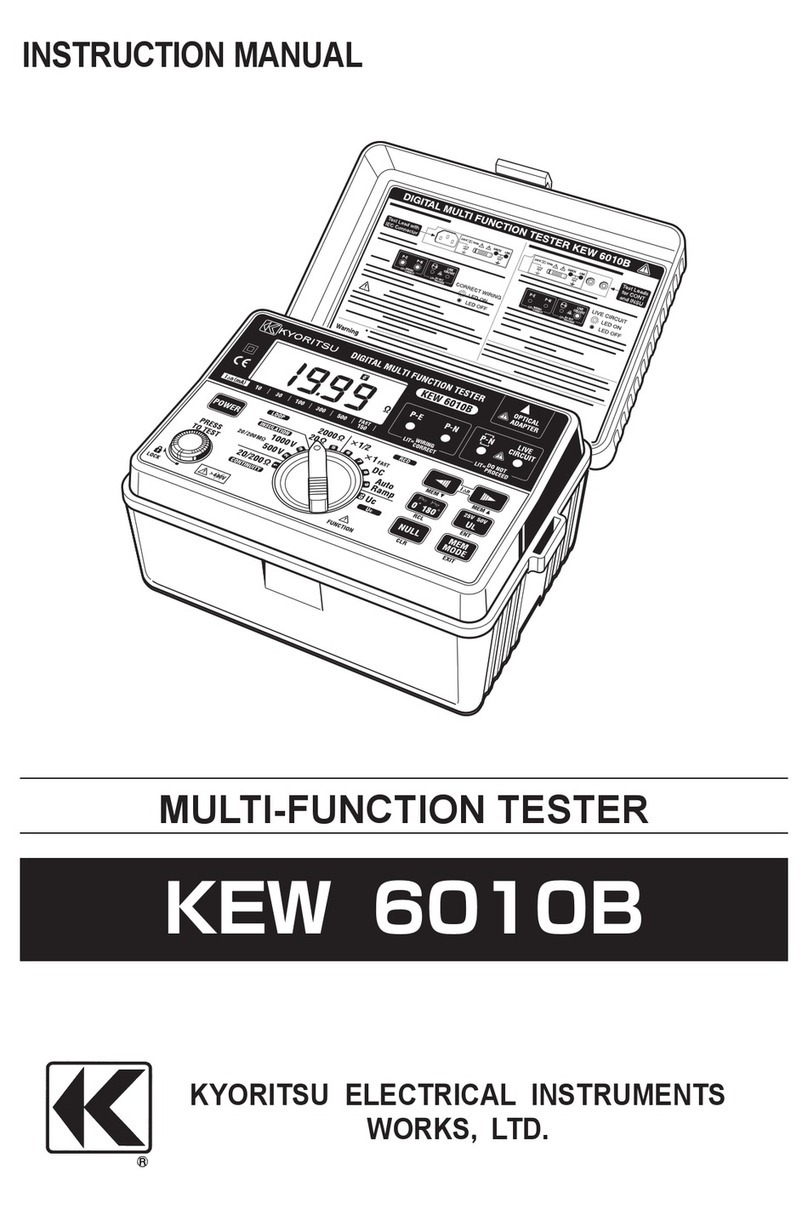
Kyoritsu Electrical Instruments Works, Ltd.
Kyoritsu Electrical Instruments Works, Ltd. KEW 6010B instruction manual

EL-CELL
EL-CELL PAT-Press user manual
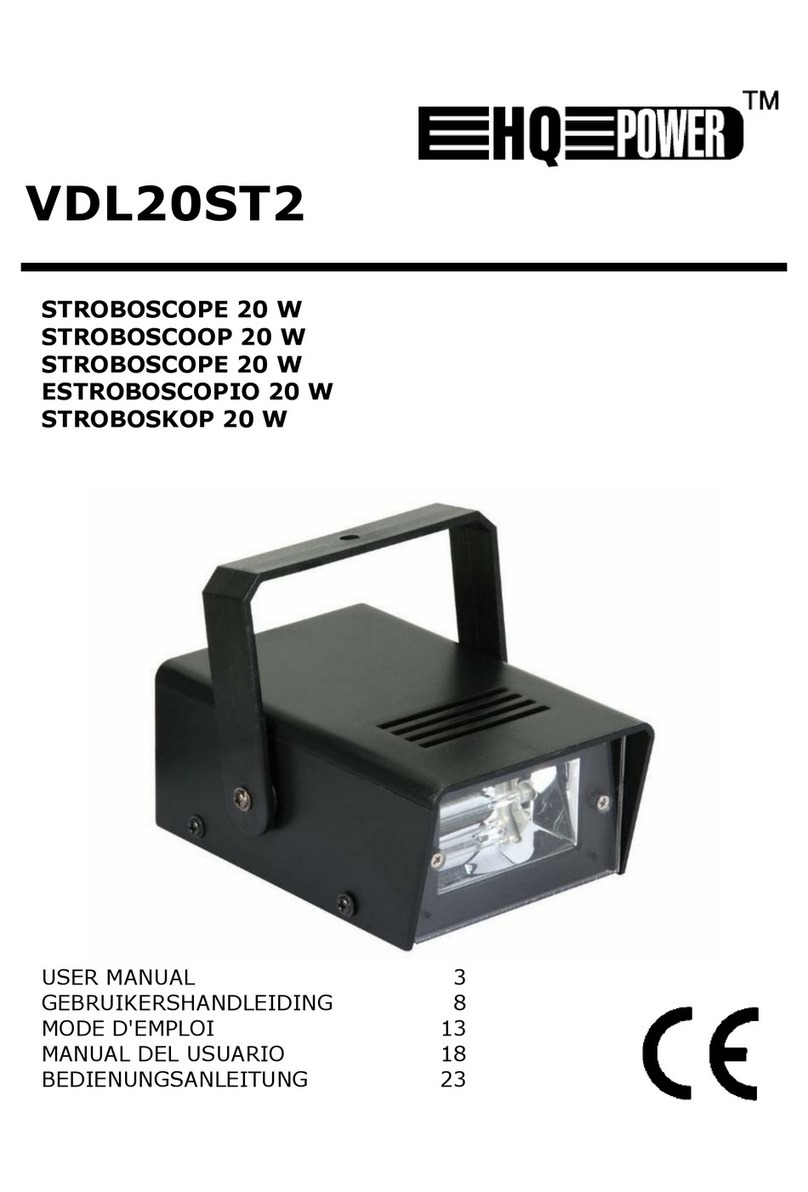
HQ Power
HQ Power VDL20ST2 user manual
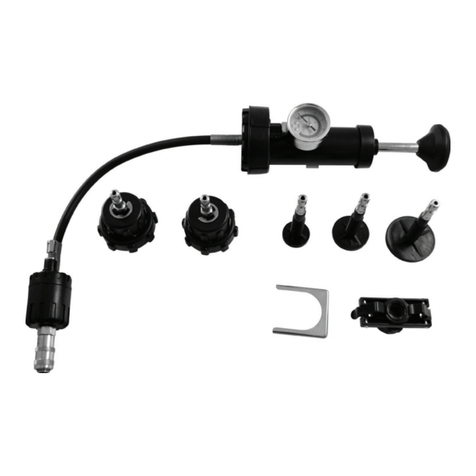
Power Fist
Power Fist 8597668 manual
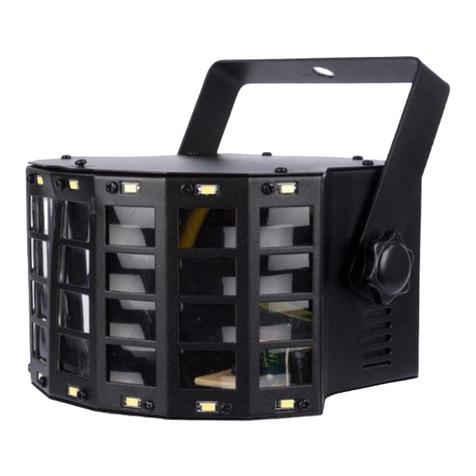
HQ Power
HQ Power DERBY HQLE10027 user manual
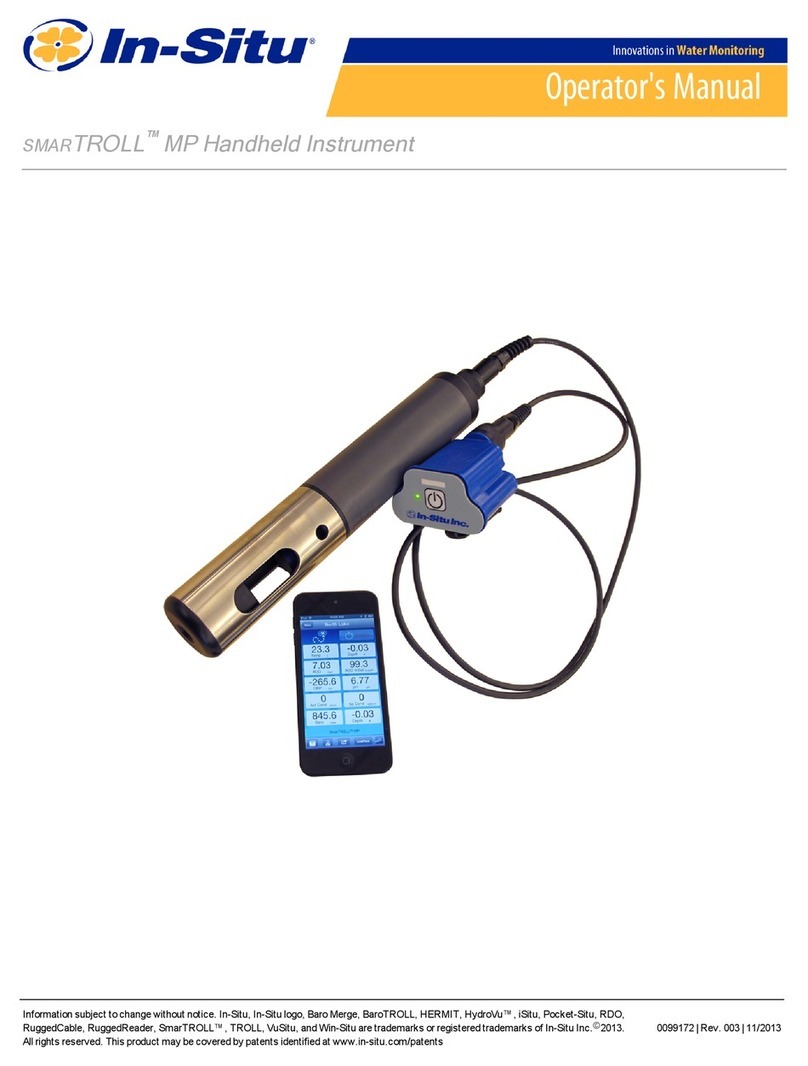
In-situ
In-situ SMARTROLL Operator's manual
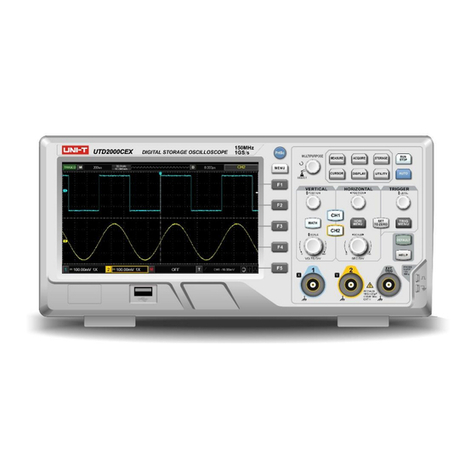
Unit
Unit UTD2052CL+ user manual
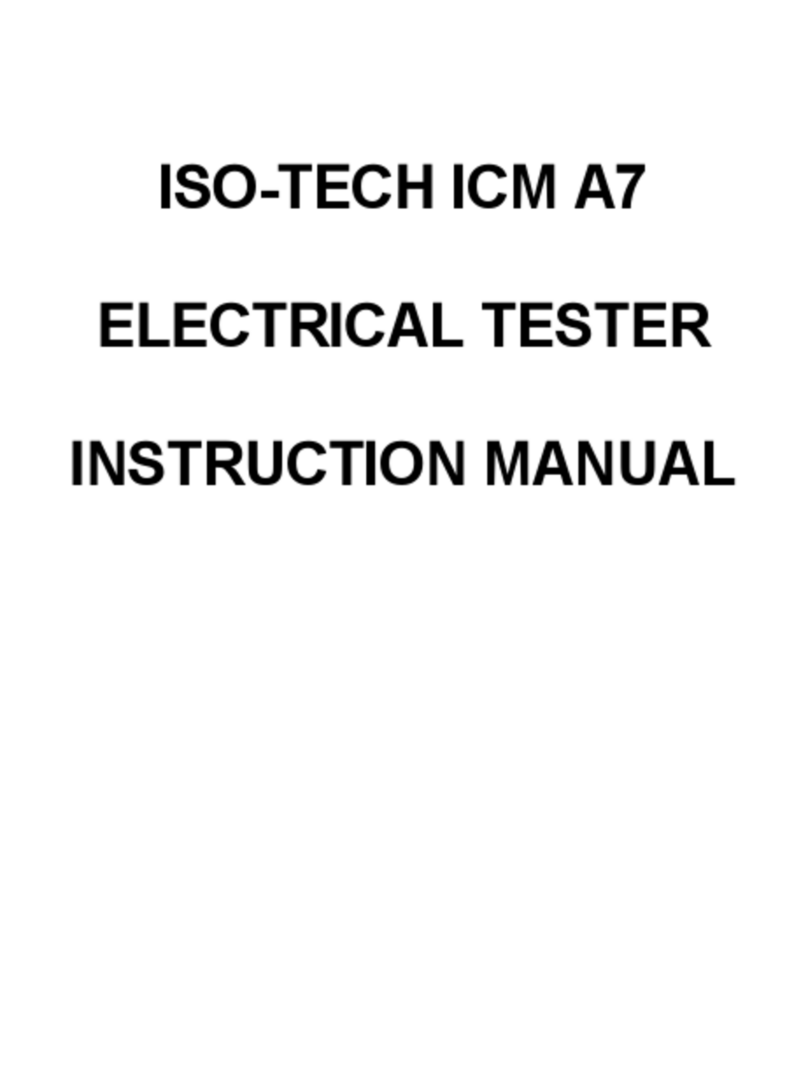
Isotech
Isotech ICM A7 instruction manual
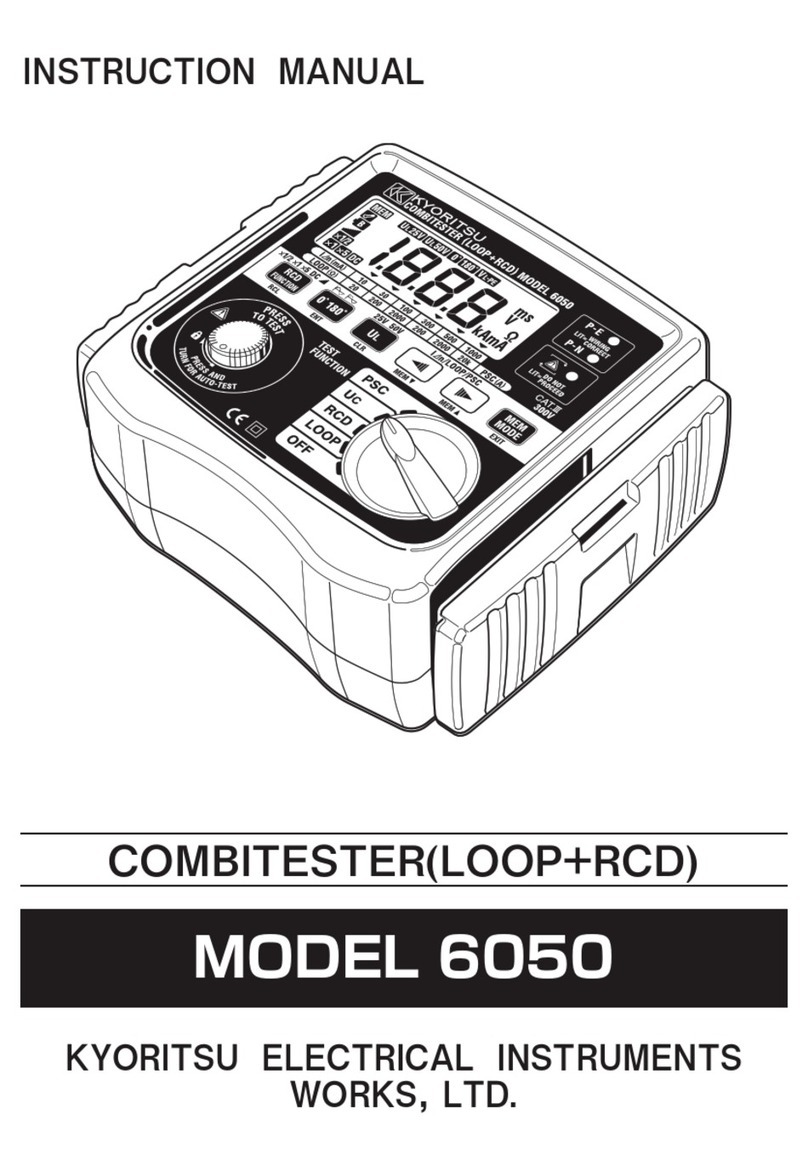
Kyoritsu Electrical Instruments Works, Ltd.
Kyoritsu Electrical Instruments Works, Ltd. 6050 instruction manual
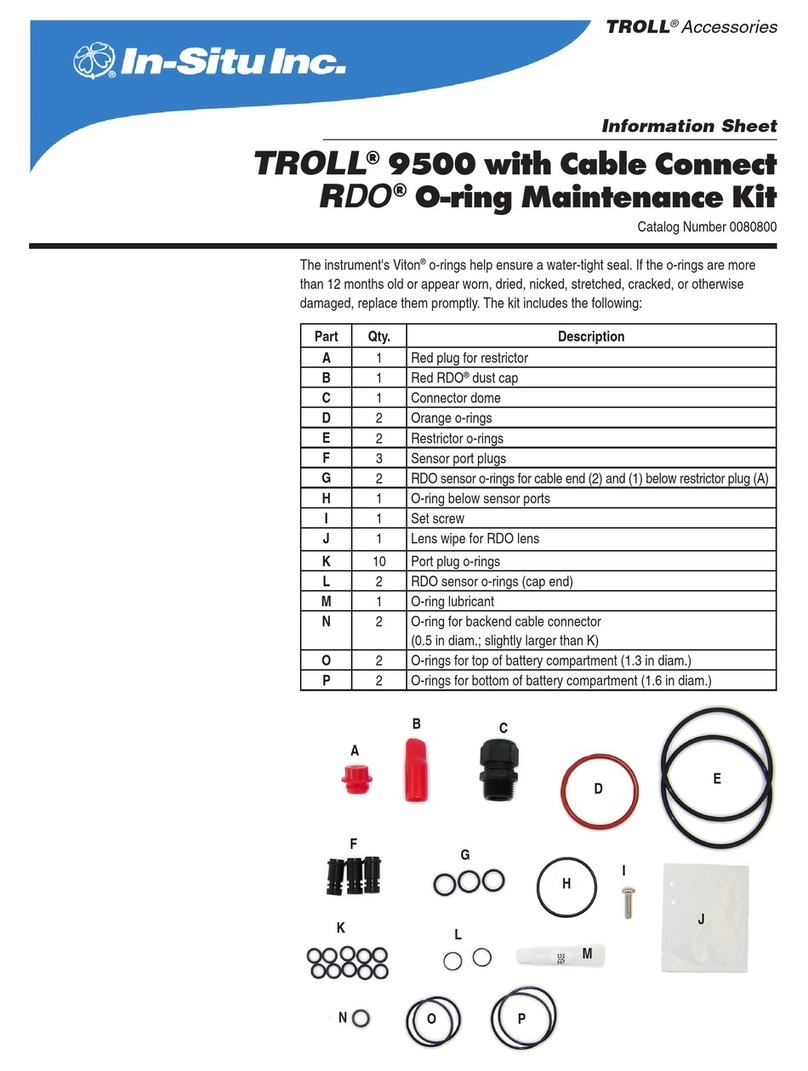
In-situ
In-situ TROLL RDO 9500 Information sheet
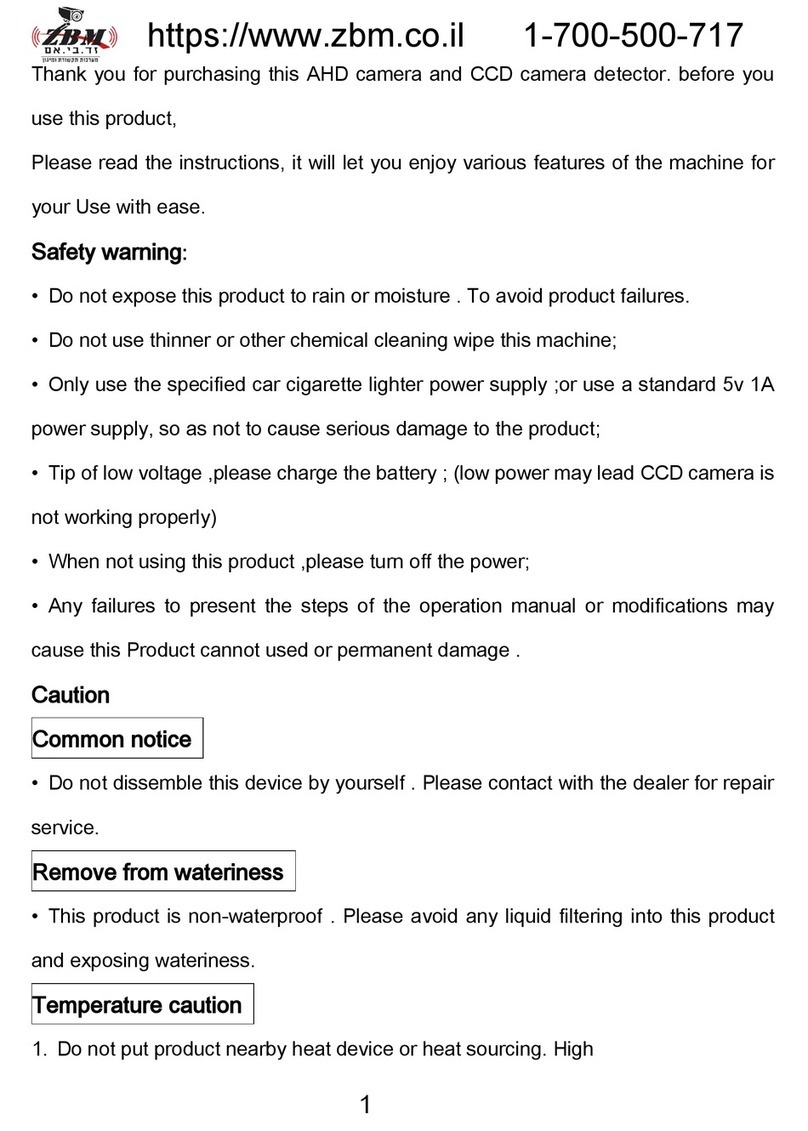
Provision
Provision TM-43AHDBL manual
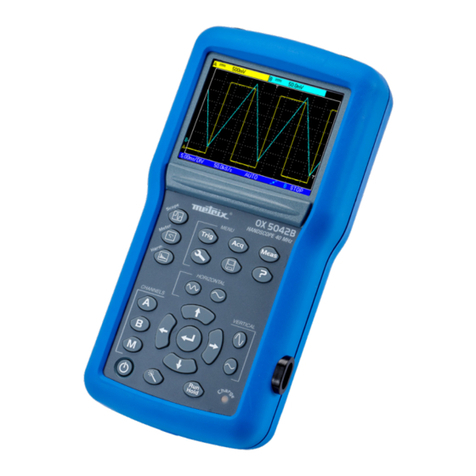
Metrix
Metrix HandScope OX5022B quick start guide
